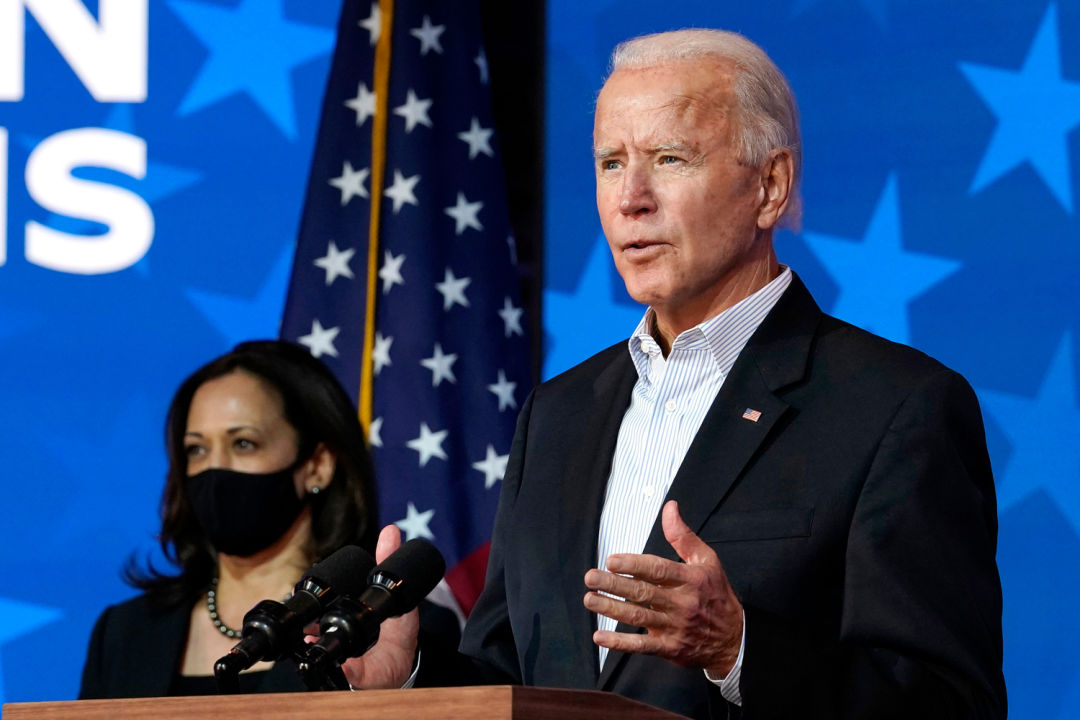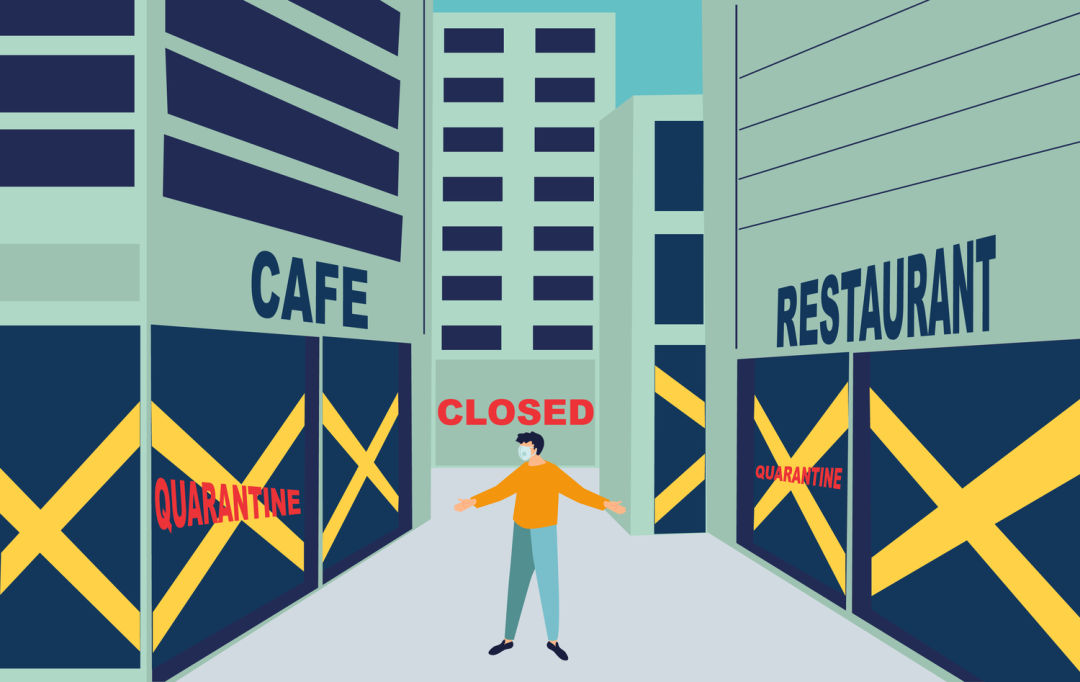What Can Small Businesses Expect Under a Biden Administration?

President-elect Biden has big plans for the small business community.
Image: Courtesy Shutterstock
Last Saturday morning, four days after the polls had closed, the major networks all declared Joe Biden had secured enough votes (a record-breaking 77 million votes and counting) to win the 2020 presidential election. Now, as a nation, we look to January and ask what President-elect Biden can do for small businesses that have been utterly battered in this pandemic and are closing at a rapid clip while the U.S. Senate fails to move forward with a second stimulus plan. Future control of the Senate hinges upon Georgia’s January 5 runoff race, which will potentially restrict post-inauguration President Biden to having to command via executive order if Republicans maintain control, or give him a Democrat-backed legislative branch.
Portland Monthly looked to see what some of his small business proposals are, how they can help Portland’s small business community, and if he’ll be able to implement them.
New PPP Regulations for Businesses Under 50 Employees
WHAT IT IS: When congress instituted the first rounds of PPP funding for small businesses during the pandemic, Biden called upon the Trump administration to reserve half of the money to go to businesses with 50 employees or less, so it’s a reasonable assumption this is what he’d call for to any stimulus plans under his administration. The current PPP guidelines were far more relaxed and let businesses apply for aid if they had 500 employees or less per location, which is how national chains like Ruth’s Chris Steak House were able to receive aid despite having more than 5,000 employees.
HOW IT COULD HELP: Ask any small business right now that has been struggling for months with the ongoing pandemic, and they’ll tell you they desperately need another relief package if they are going to stay open. An overall takeaway from round one of PPP distributions was big businesses got in there first and took the biggest piece of the relief pie.
CAN HE DO IT: The aid packages come through Congress. On October 1, the majority Democratic House voted to approve a $2.2 trillion package with a large chunk of that money set aside for a new round of PPP loans. But the Republican-led Senate has not progressed on any stimulus package, and if they maintain control President-elect Biden would only be able to advise or encourage them to make these changes. However, given the massive outrage that occurred with the Ruth’s Chris and similar situations (of note, Ruth's Chris returned their $20 million loan after the backlash), some kind of change to the guidelines here feels possible even in a divided party situation.

Many beloved local businesses such as Pok Pok, Beech Street Parlor, and North of West boutique have closed during the pandemic without sufficient disaster relief, with many more on the brink.
Distributing PPP Funding by Qualification Instead of Budget
WHAT IT IS: Instead of a set budget amount, Biden puts forth the idea of making the guidelines more specific as stated above and then any business that qualifies under that guideline would receive aid.
HOW IT COULD HELP: Many small businesses were left in the cold during the initial first-come, first-served COVID-19 relief packages where, within days, the U.S. ran out of its $350 billion budget. That meant the larger, more funded companies that were likely to have in-house legal departments or relationships with banks snatched up that aid money at a faster rate pitting small businesses against one another as they competed for the same dwindling resources. According to Biden’s small business plan, the president-elect says that mistake led to “firms with fewer than 20 employees received only about 20 percent of the money—even though they make up about one-third of payroll.” It also disproportionately affected businesses owned by women and people of color.
CAN HE DO IT: If Democrats win the two Senate seats in Georgia’s runoff election, which would give them control of the Senate, this seems more likely. Barring that, this might fall upon Biden’s cross-party negotiation skills.
Redefine the Loan Structure
WHAT IT IS: The fogginess of how owners were allowed to spend the PPP funding incited panic in many a small business owner who couldn’t always get clear guidance on what the money could actually do beyond paying for payroll and feared defaulting on them. President-elect Biden says we should allow the loans to be more flexible so that they can cover payroll and fixed costs such as rent and utilities.
HOW IT COULD HELP: To quote his own proposal, “It’s no use paying for payroll if a small business can’t keep the lights on.”
CAN HE DO IT: The confusion over how small businesses were allowed to spend their loan money was experienced by owners from all political parties. Creating more clear guidelines and allowing them to be more beneficial to keeping businesses open seems like something that could rise above party lines regardless of who controls the Senate. But this is 2020, so only time will tell.

Student Debt Relief
WHAT IT IS: Cancel $50,000 of student debt per eligible person within a qualifying income bracket.
HOW IT COULD HELP: In a November 2 interview with Anand Giridharadas, Senate minority leader Chuck Schumer said President Biden’s first 100 days should harken back to FDR’s with bold action. “I have a proposal with Elizabeth Warren that the first $50,000 of debt be vanquished, and we believe that Joe Biden can do that with the pen as opposed to legislation,” he said. Supporters of the idea say it will both free up spending money for consumers to be able to spend more freely during this precarious economic time and encourage the future formation of small businesses no longer encumbered with education debt.
CAN HE DO IT: Both Warren and Schumer say that, when Biden becomes the 46th president on January 20, he could enact such a proposal via executive order.




